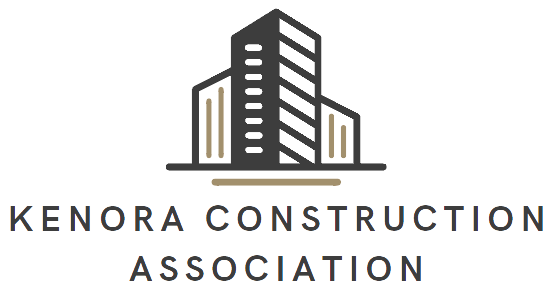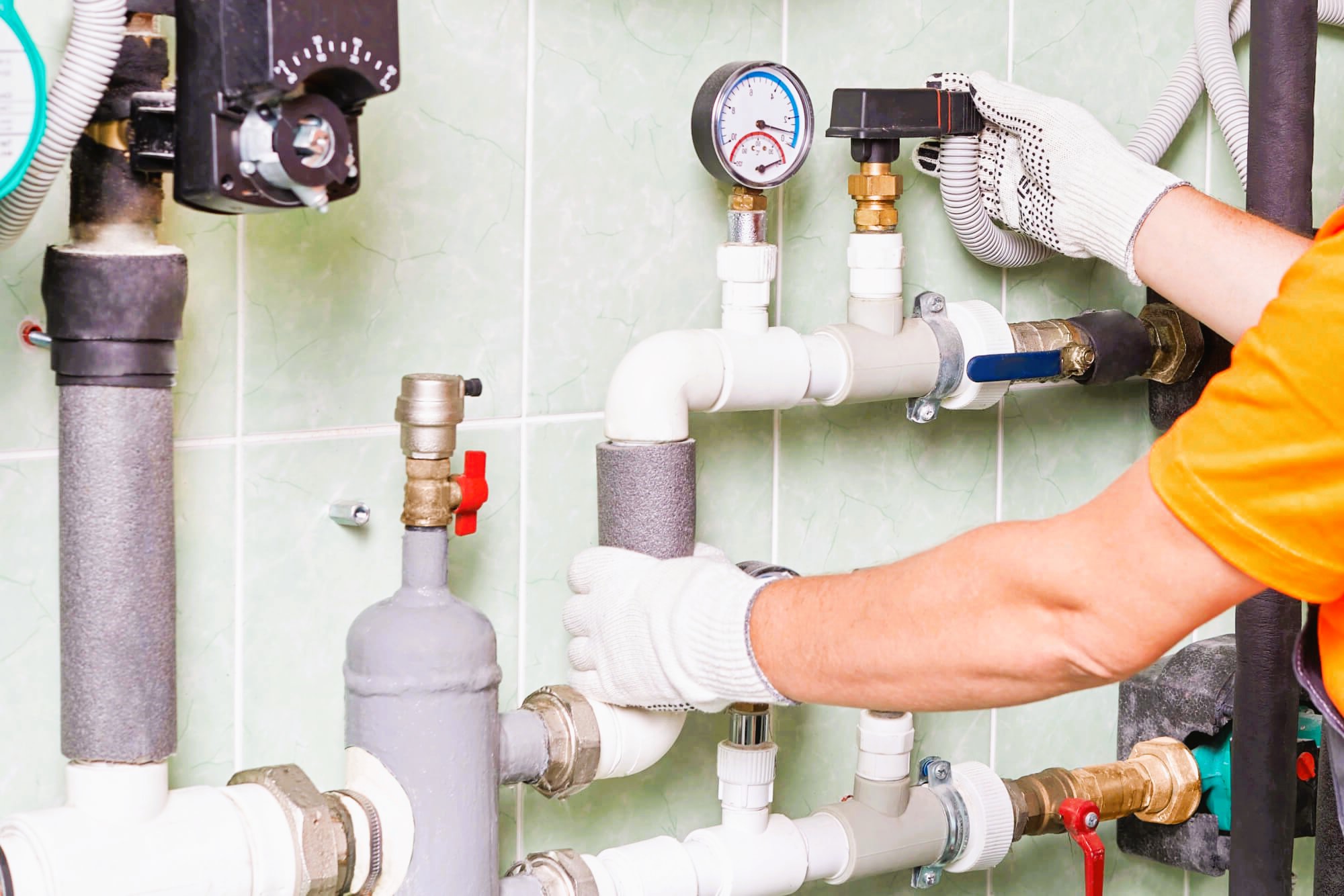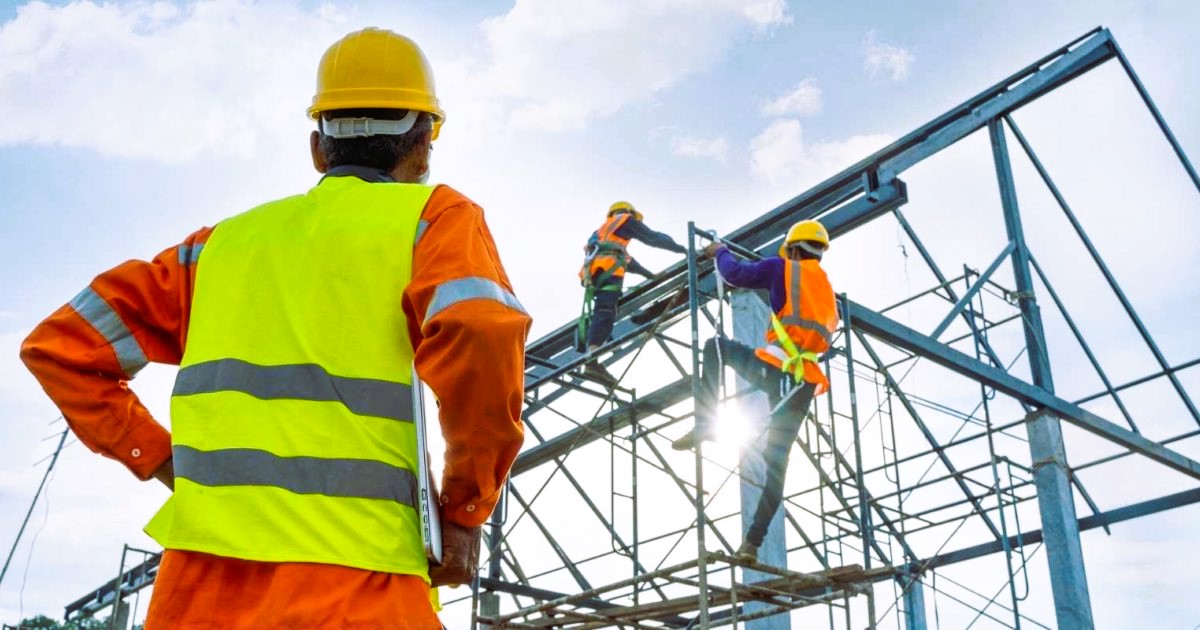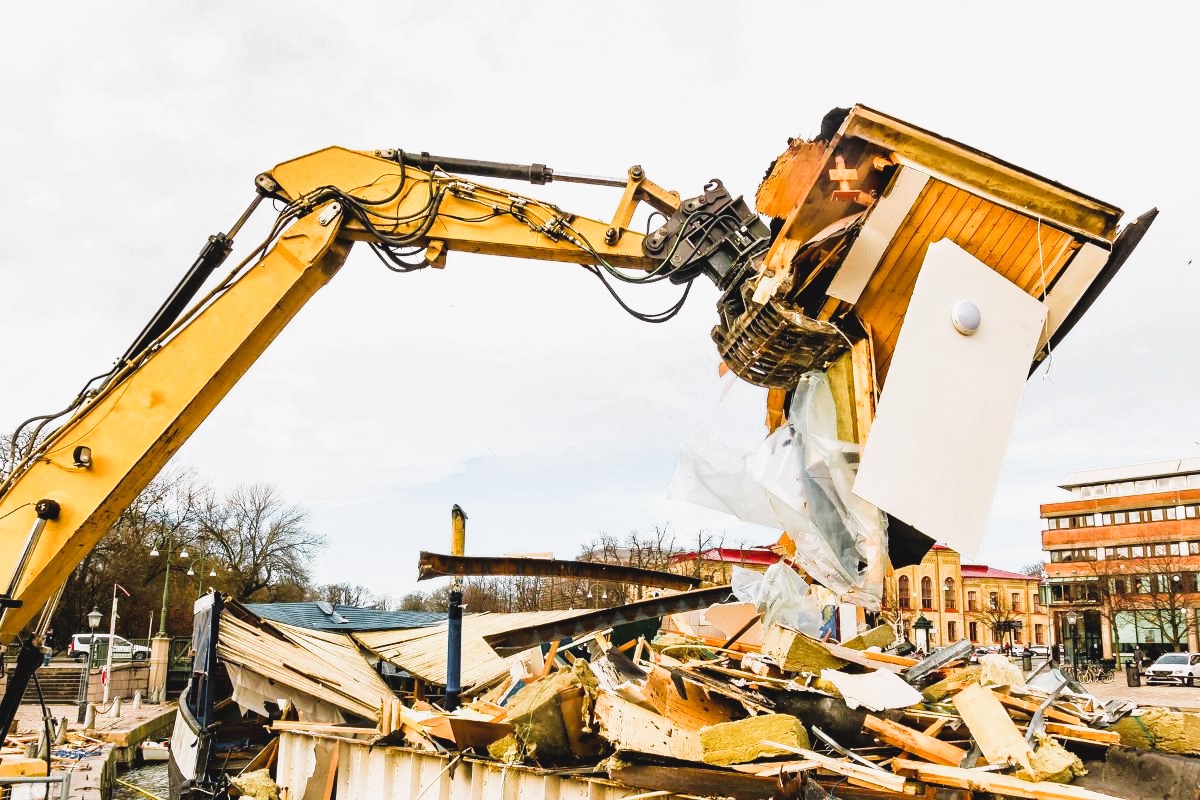Plumbing and electrical systems are critical components of both residential and commercial construction projects. These systems ensure the efficient and safe distribution of water and electricity throughout buildings. In this article, we will delve into the importance of plumbing and electrical systems, their key elements, and the standards and regulations that govern their installation and maintenance.
The Importance of Plumbing Systems:
Plumbing systems are responsible for supplying clean water and removing waste water from buildings. In residential construction, a properly designed and installed plumbing system ensures a reliable water supply for various uses such as drinking, bathing, and cooking. In commercial construction, plumbing systems serve a wider range of needs, including restrooms, kitchens, and industrial processes.
Key Elements of Plumbing Systems:
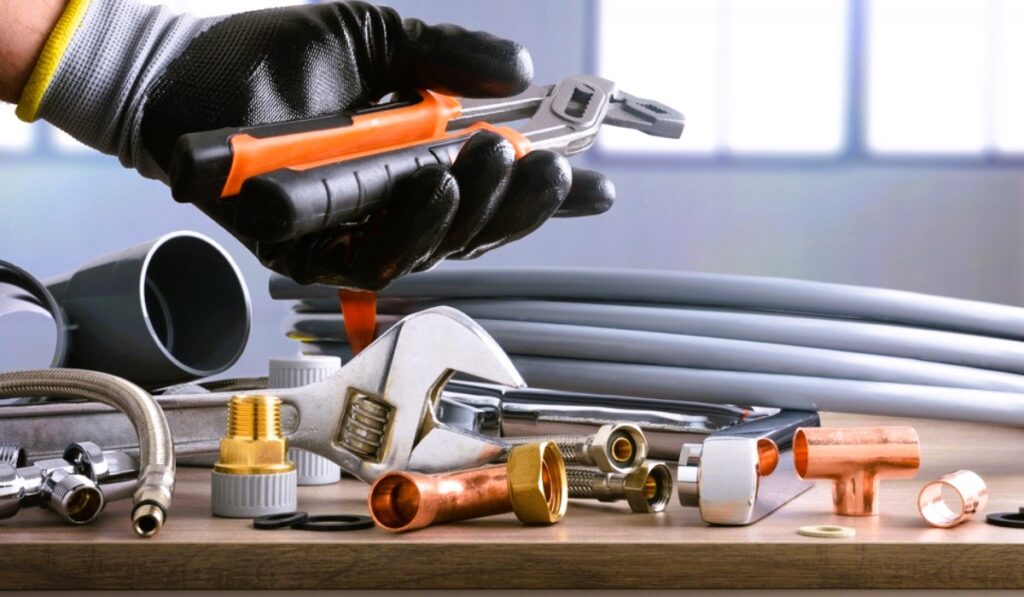
Plumbing systems consist of several key elements. The water supply system brings potable water from the main source into the building, typically through pipes made of materials like copper, PVC, or PEX. Fixtures such as sinks, toilets, and showers are connected to the water supply system to facilitate the use of water.
Additionally, plumbing systems include drainage and venting systems. Drainage systems remove waste water and carry it away from the building, using gravity or pumps to ensure proper flow. Venting systems prevent the buildup of gases and pressure in the pipes, allowing for smooth drainage and preventing sewer gases from entering the building. Sustainable Materials for Construction: A Closer Look.
The Importance of Electrical Systems:
Electrical systems are vital for powering appliances, lighting, and other electrical devices in residential and commercial buildings. They provide a safe and reliable supply of electricity, ensuring functionality and comfort. Proper electrical systems are essential for the safety of occupants, preventing electrical hazards such as shocks and fires.
Key Elements of Electrical Systems:
Electrical systems consist of several components, including a main electrical panel that receives power from the utility company and distributes it to various circuits throughout the building. Circuit breakers or fuses protect the circuits from overloads and short circuits, minimizing the risk of electrical damage or fires.
Wiring is another crucial element of electrical systems. It carries electricity from the main panel to outlets, switches, and fixtures. Different types of wiring, such as copper or aluminum, are used based on the specific requirements of the building and local regulations.
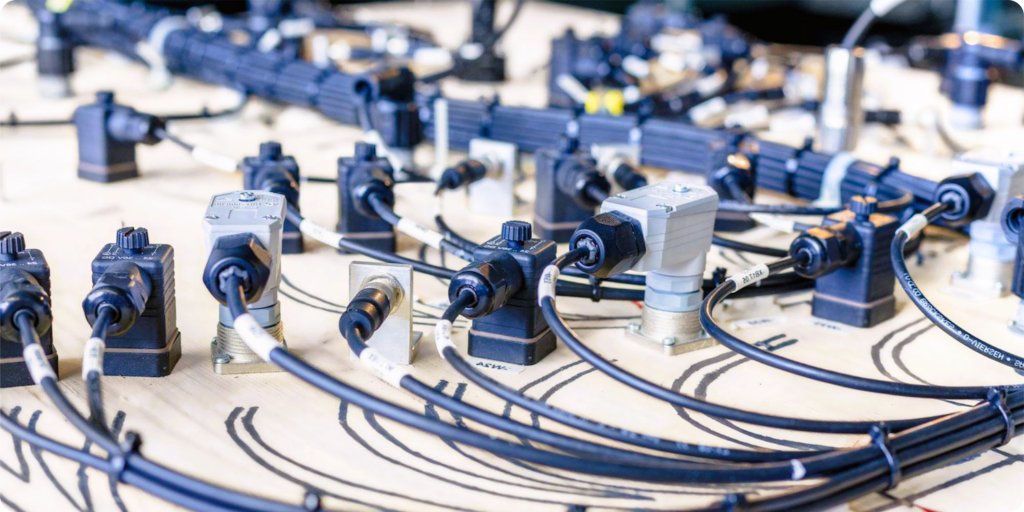
Additionally, local building codes and regulations may have specific requirements for plumbing and electrical systems. These codes vary by jurisdiction and must be followed to obtain necessary permits and ensure compliance with local regulations.
Conclusion:
Plumbing and electrical systems are essential components of both residential and commercial construction projects. Properly designed, installed, and maintained systems ensure the efficient distribution of water and electricity, contributing to the functionality and safety of buildings. Adherence to established standards and regulations is crucial to ensure the reliability, durability, and safety of these systems.
For more information on plumbing and electrical systems in construction, please visit the following sources:
- Wikipedia: Plumbing
